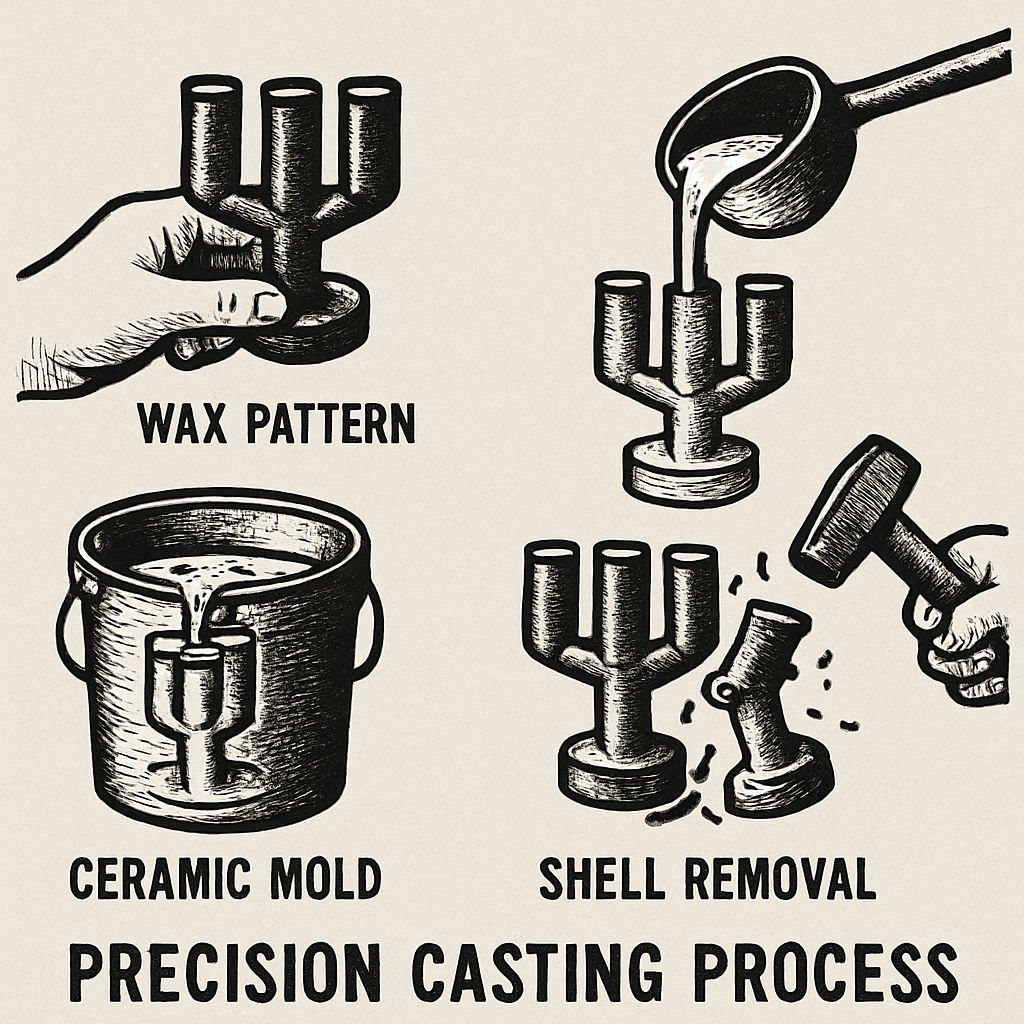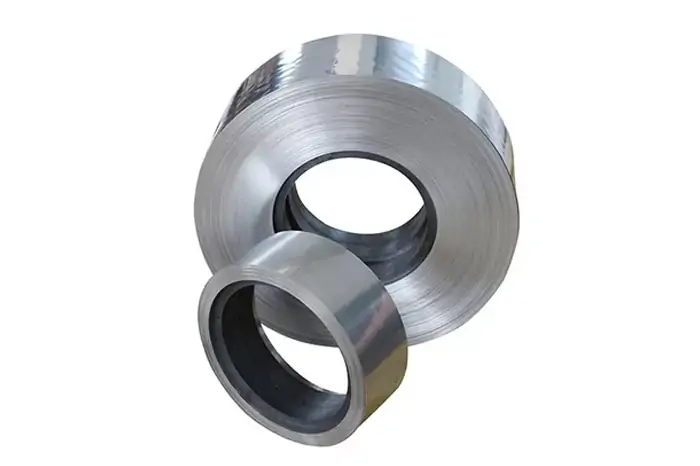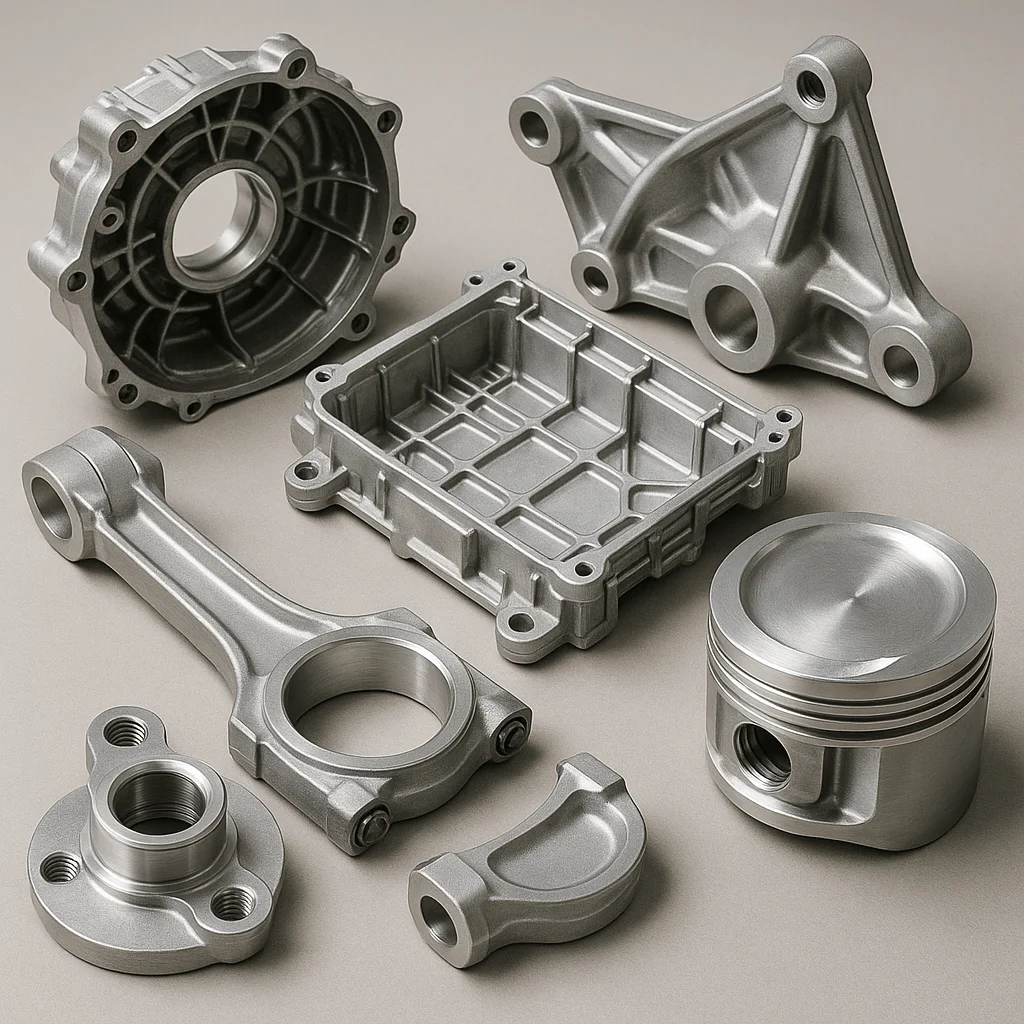High-temperature alloys, often known as superalloys, are critical in industries where materials are exposed to extreme conditions. These alloys are designed to withstand high temperatures while maintaining strength and resistance to corrosion and oxidation. This makes them ideal for applications in sectors such as aerospace, power generation, and automotive industries. In this article, we delve into the advancements in high-temperature alloy fabrication techniques, exploring how these innovations are pushing the boundaries of what’s possible with high-strength metals.
High-temperature alloys are engineered to perform in environments that would typically degrade standard materials. The unique properties of these alloys, such as their ability to maintain structural integrity at elevated temperatures, are achieved through precise alloying and fabrication methods. Common elements used in these alloys include nickel, cobalt, and titanium, which contribute to their heat resistance and durability.
Key Properties of High Temperature Alloys
- Heat Resistance: These alloys retain their strength even at temperatures exceeding 1,000 degrees Celsius.
- Corrosion and Oxidation Resistance: They resist degradation in harsh chemical environments.
- High Strength-to-Weight Ratio: This makes them ideal for aerospace applications where weight is a critical factor.
Fabrication Techniques in High-Temperature Alloy Manufacturing
The fabrication of high-temperature alloys involves various techniques aimed at enhancing their properties and expanding their applications. Here are some of the most significant advancements:
Precision Casting
Precision casting, also known as investment casting, is a process that allows for the creation of complex shapes and fine surface finishes. This technique is particularly useful in producing components that require high-dimensional accuracy and intricate geometries, such as turbine blades.
Steps in Precision Casting:
- Creating a Wax Pattern: A precise wax model of the desired component is produced.
- Building a Ceramic Shell: The wax pattern is coated with a ceramic material to form a hard shell.
- Melting the Wax: The ceramic shell is heated to remove the wax, leaving a hollow mold.
- Pouring the Alloy: Molten alloy is poured into the mold.
- Finalizing the Component: Once the alloy solidifies, the ceramic shell is broken away to reveal the final product.
Superalloy Processing
Superalloys are a subset of high-temperature alloys that exhibit exceptional mechanical strength and resistance to thermal creep deformation. Innovations in superalloy processing have led to improved performance in extreme conditions.
Advanced Processing Techniques:
- Directional Solidification: This process aligns the grain structure of the alloy to enhance its mechanical properties.
- Single Crystal Growth: Eliminates grain boundaries, further increasing strength and durability.
Metal Forming Techniques
Metal forming is a crucial aspect of alloy fabrication. Advancements in this area have opened new possibilities for creating high-temperature components with improved properties.
Hot Forming
Hot forming involves shaping metal at high temperatures, making it easier to manipulate without cracking. This technique is particularly beneficial for high-temperature alloys, as it allows for more complex shapes and larger components.
- Benefits of Hot Forming: Reduces the risk of material cracking. Enables the formation of complex geometries. Improves material properties through work hardening.
Additive Manufacturing
Additive manufacturing, or 3D printing, is revolutionizing the way high-temperature alloys are fabricated. This technology allows for the creation of complex parts with minimal material waste.
- Advantages of Additive Manufacturing: Design Flexibility: Complex designs can be produced that would be impossible with traditional methods.Material Efficiency: Reduces waste by using only the material needed to create the part.Rapid Prototyping: Speeds up the development process by allowing for quick iterations.
Applications of High Temperature Alloys
The advanced fabrication techniques have expanded the applications of high-temperature alloys significantly. Here are some key areas where these materials are making an impact:
Aerospace Industry
In the aerospace industry, high-temperature alloys are used in jet engines, where they must withstand extreme temperatures and stresses. The development of more advanced fabrication methods has allowed for lighter, more efficient engine components.
Power Generation
High-temperature alloys play a critical role in power generation, particularly in gas turbines. Improved fabrication techniques have led to components that can operate at higher temperatures, increasing efficiency and reducing emissions.
Automotive Sector
In the automotive industry, these alloys are used in exhaust systems and turbochargers. Advances in alloy manufacturing have enabled the production of components that enhance performance while reducing weight and fuel consumption.
Future Directions in Alloy Fabrication
The future of high-temperature alloy fabrication looks promising, with ongoing research and development focused on pushing the boundaries of what these materials can achieve.
Nanotechnology
Nanotechnology is expected to play a significant role in the development of new alloys. By manipulating materials at the atomic level, scientists can create alloys with unprecedented properties.
Environmental Considerations
As industries become more environmentally conscious, there’s a growing focus on developing eco-friendly fabrication techniques that minimize waste and energy consumption.
Conclusion
Advancements in high-temperature alloy fabrication techniques have revolutionized industries by enabling the creation of components that can withstand the harshest conditions. From precision casting to additive manufacturing, these innovations are setting new standards for what high-strength metals can achieve. As technology continues to evolve, we can expect even more groundbreaking developments in the world of high-temperature alloys.









